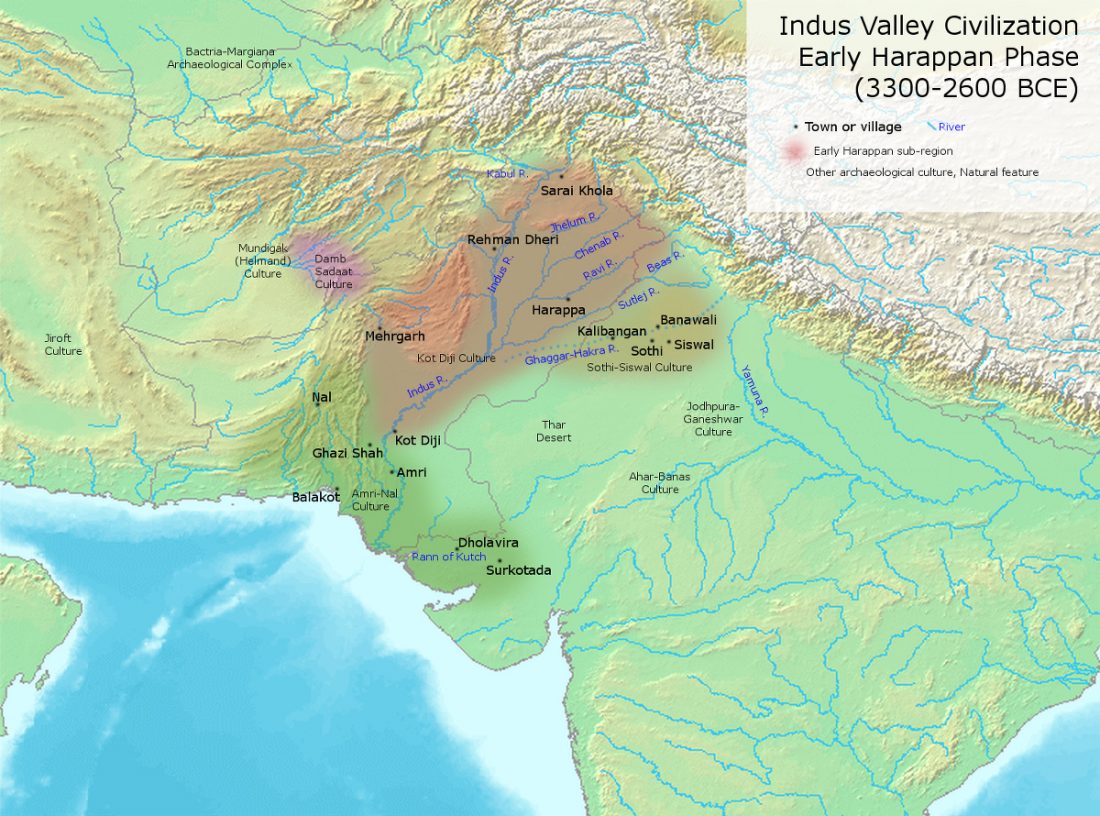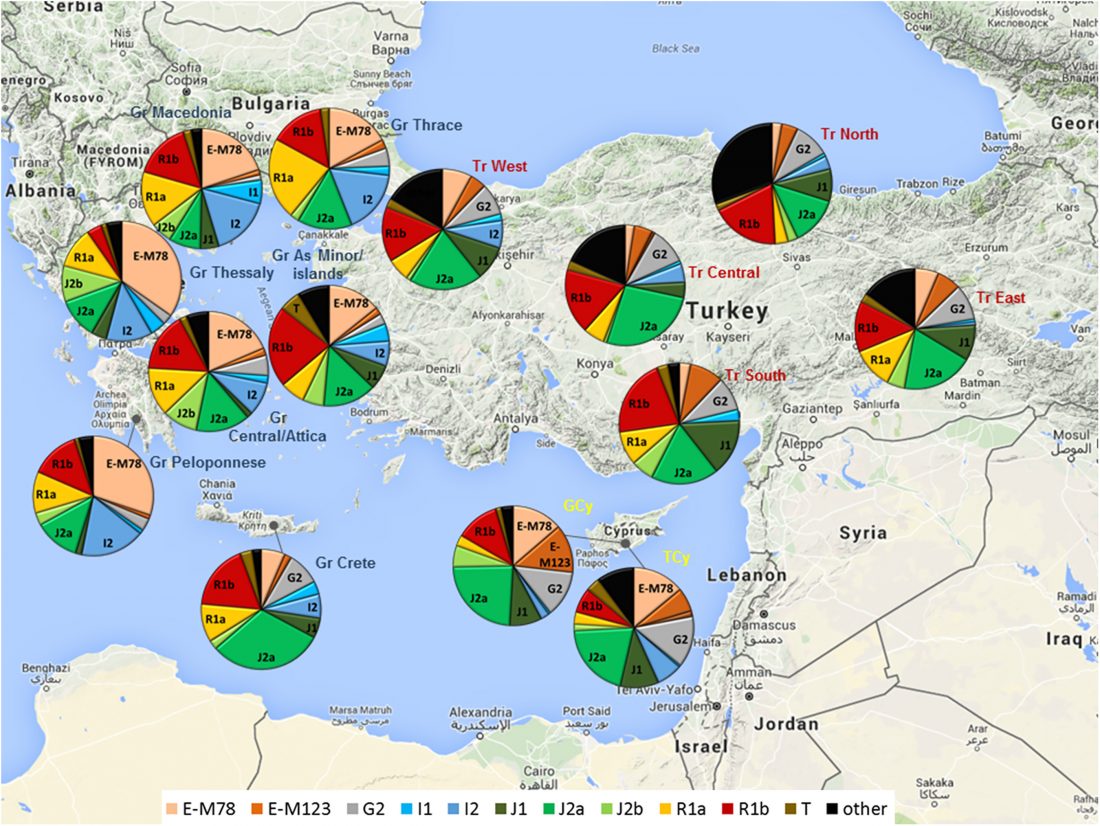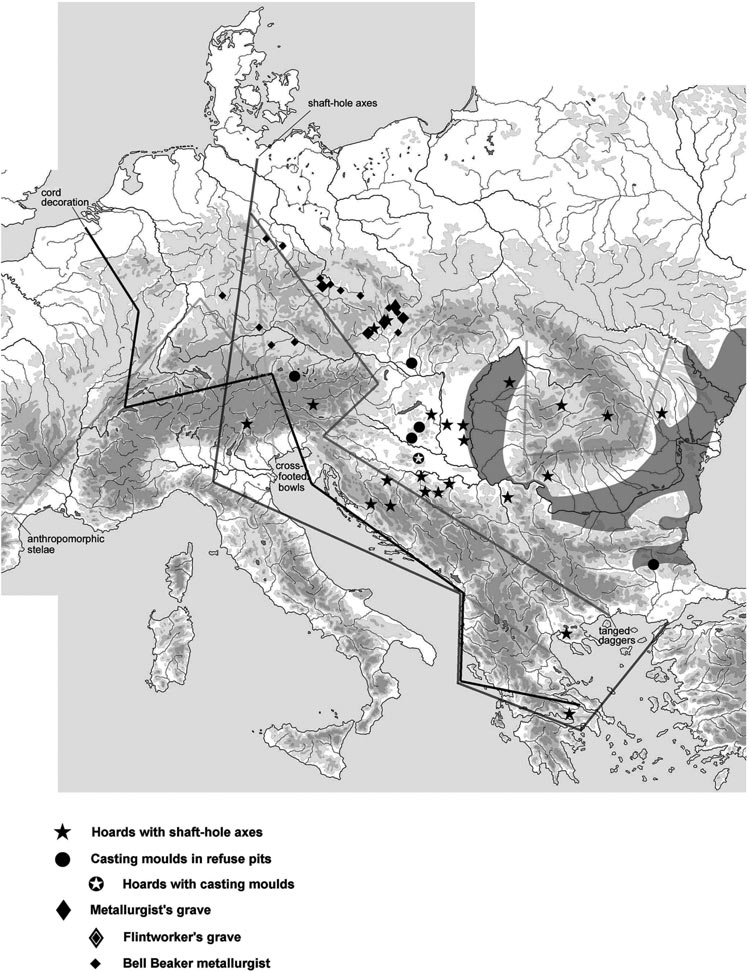The Proto-Indo-European Urheimat
Not long ago, the Proto-Indo-European language Urheimat problem used to be cyclic in nature: linguistic and archaeological publications appeared supporting a Copper Age migration from the steppe proposed by Marija Gimbutas, or a Neolithic expansion from Anatolia (or Armenia) proposed by Colin Renfrew, and back again.
I have always supported the simpler, more recent Chalcolithic migration of Late Indo-Europeans from the Pontic-Caspian steppe over an older Neolithic expansion from Anatolia with agriculture. The latter model implied a complex cultural diffusion over a greater span of time than is warranted by linguistic guesstimates, understood as the … Read the rest “The Aryan migration debate, the Out of India models, and the modern “indigenous Indo-Aryan” sectarianism”



